Research Concludes "Summer Abundance" of Monarchs Sufficient to Buffer Winter Declines
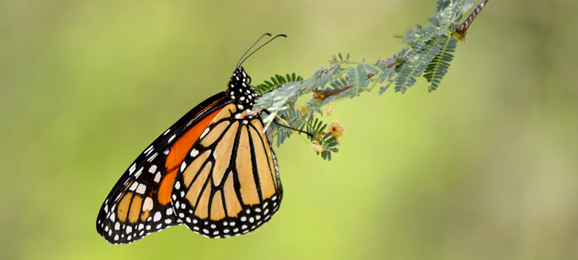
Our parent organization, the North American Butterfly Association (NABA), recently contributed to research and a white paper related to monarch population numbers. See the full report in the PDF, here, and read more below.
Monarchs are the iconic American butterfly species. Concern for the survival of this species, amidst reports of declining numbers, shrinking habitat, environmental toxins and climate change, have spurred public interest in conservation efforts to assist monarchs in their plight. For this we are grateful.
Of the 456 butterfly species tracked by NABA, there are 320 species with trends less positive that monarch butterflies. These findings are consistent with other recent analyses of large-scale insect data, documenting species decline. While we hope individuals, communities and organizations will continue to invest in monarch research, public education and habitat restoration, we encourage everyone to engage with us, their local, native plant society, or nearest NABA Chapter, to plant native for all butterfly species, which depend upon native host plants for reproduction and resilience.
PAPER ABSTRACT: Many insects are in clear decline, with monarch butterflies (Danaus plexippus) drawing particular attention as a flagship species. It is well documented that, among migratory populations, numbers of overwintering monarchs have been falling across several decades, but trends among breeding monarchs are less clear. Here, we compile 135,000 monarch observations between 1993-2018 from the North American Butterfly Association’s annual butterfly count to examine spatiotemporal patterns and potential drivers of adult monarch relative abundance trends across the entire breeding range in eastern and western North America. While the data revealed declines at some sites, particularly the US Northeast and parts of the Midwest, numbers in other areas, notably the US Southeast and Northwest, were unchanged or increasing, yielding a slightly positive overall trend across the species range. Negative impacts of agricultural glyphosate use appeared to be counterbalanced by positive effects of annual temperature, particularly in the US Midwest. Overall, our results suggest that population growth in summer is compensating for losses during the winter and that changing environmental variables have offsetting effects on mortality and/or reproduction. We suggest that density-dependent reproductive compensation when lower numbers arrive each spring is currently able to maintain relatively stable breeding monarch numbers. However, we caution against complacency since accelerating climate change may bring growing threats. Our data also suggest that increases of summer monarchs in some regions, especially in the west and far south, may reflect replacement of migratory with resident populations. Nonetheless, it is perhaps reassuring that ubiquitous downward trends in summer monarch abundance are not evident.
Mission: Monarchs!
Our mission: Help the Monarch recover from a devastating decline in population numbers!
In recent years, this iconic species has suffered terrible losses. Some are related to severe storms, others to habitat loss. The disappearance of native milkweeds due to herbicide use has also been cited as a contributing factor to our current situation, which jeopardizes the spectacular transcontinental migration of the Monarch.
Each year, Monarchs migrate south in the winter and north in the spring. In some cases, multiple generations make this treacherous trip; other times, a single Monarch may live 8 - 9 months and complete a 1,500 mile journey on its own.
Along their migratory route, Monarchs must find food. They need flowering plants that provide nectar, which supplies energy to fly and reproduce, and they need host plants to feed their offspring. A variety of plants produce suitable nectar for Monarchs, but only one species of plant will sustain their young: milkweed.
There are more than 100 species of milkweed in the United States, but many are now hard to find. Without milkweed, Monarchs will not lay eggs because their babies are very picky eaters. There is a term for the intimate connection between milkweed and young Monarchs: obligate feeders. When Monarch eggs hatch, their larvae can only eat one food if they want to grow into caterpillars, then become butterflies; they are obligated to eat milkweed in order to survive.
We are happy you’ve chosen to learn more about Monarchs & Milkweed and we hope you will be motivated to adopt our mission as your own!

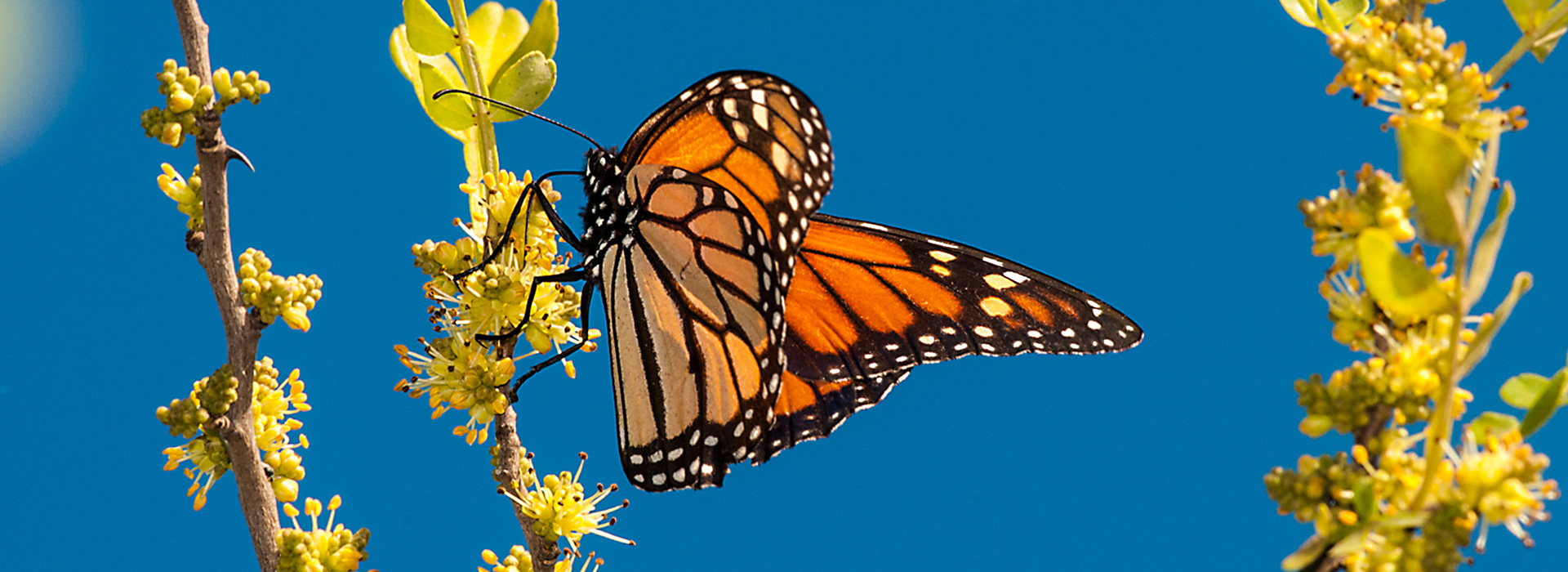 MISSION: MONARCHS!MONARCHS"/>
MISSION: MONARCHS!MONARCHS"/>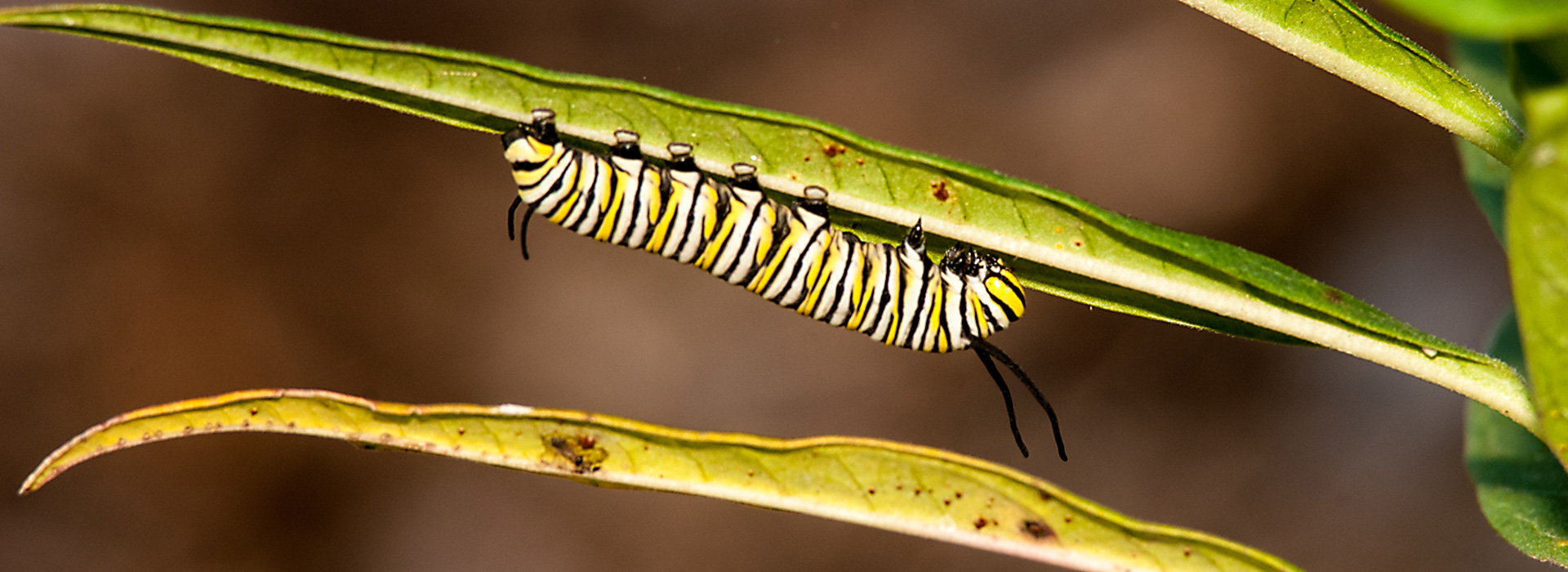 MISSION: MONARCHS!MILKWEED"/>
MISSION: MONARCHS!MILKWEED"/>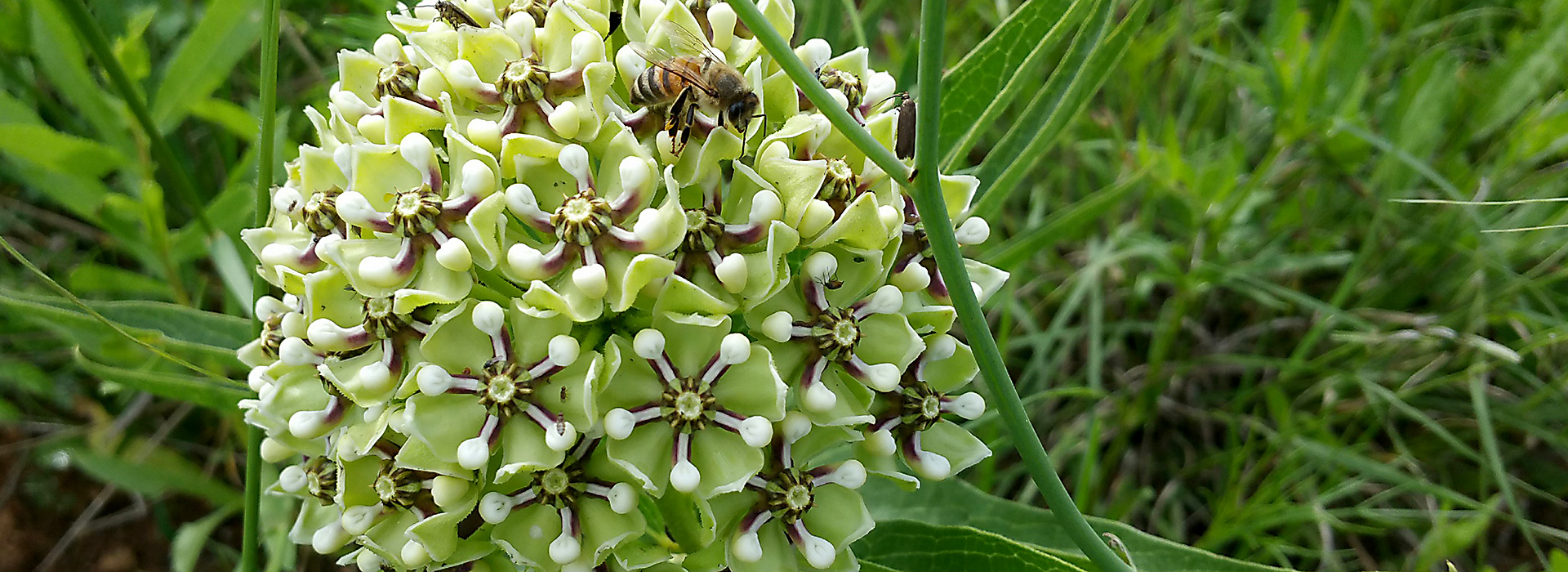 MISSION: MONARCHS!GARDENING"/>
MISSION: MONARCHS!GARDENING"/>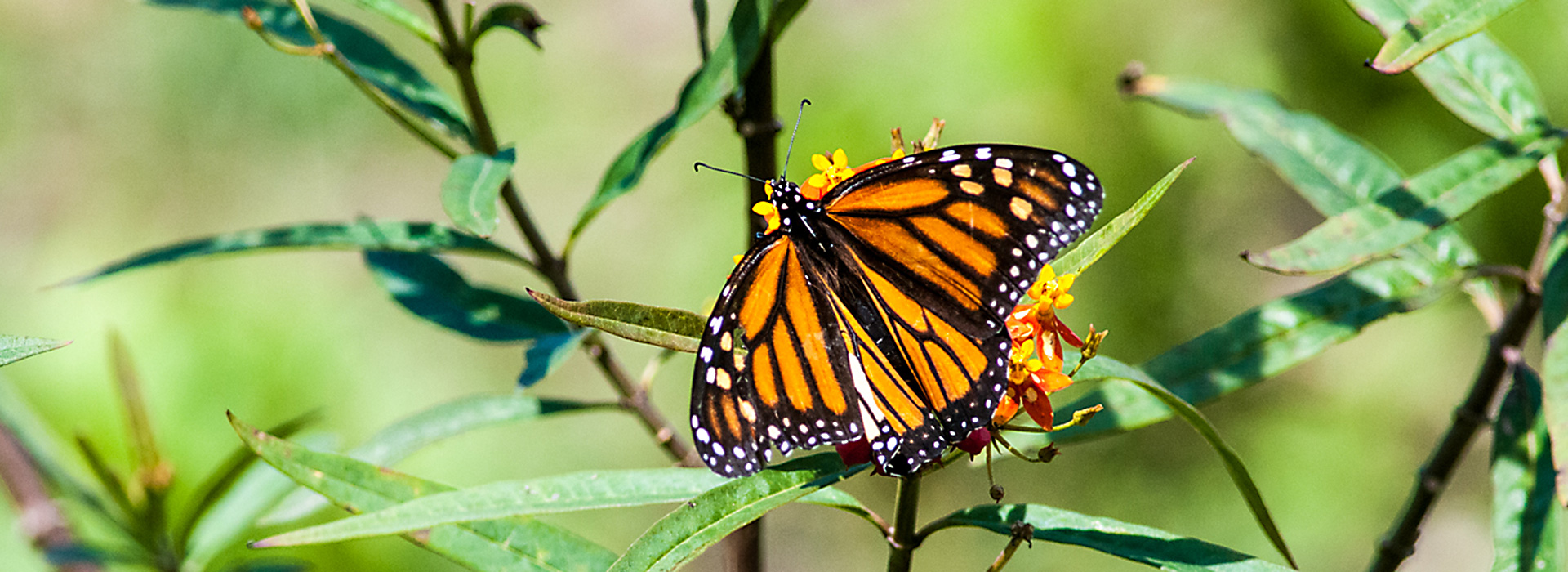 MISSION: MONARCHS!GALLERY"/>
MISSION: MONARCHS!GALLERY"/>